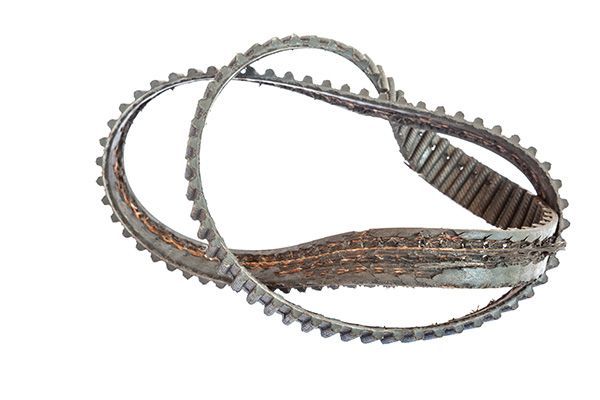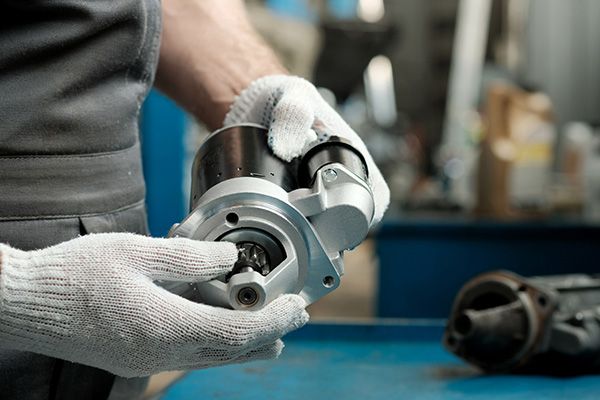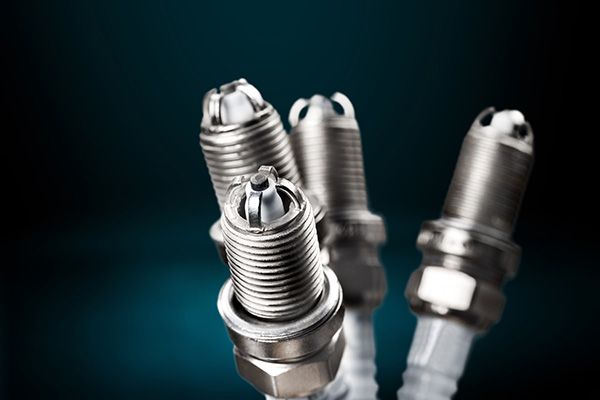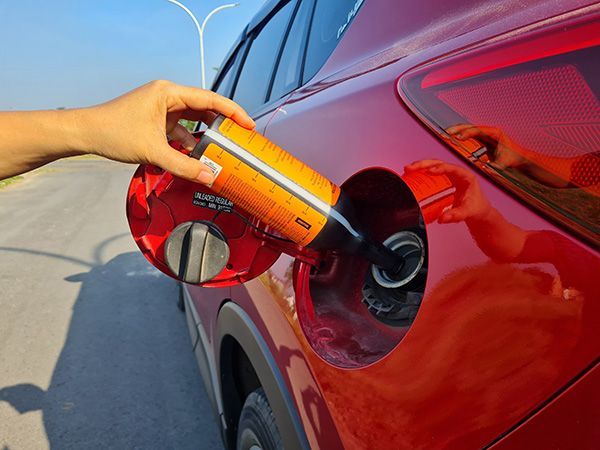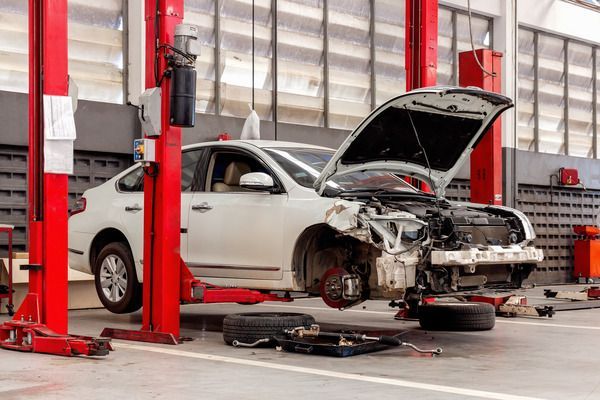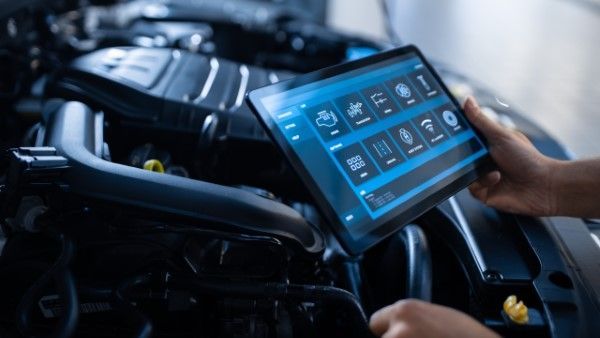
When you slide behind the wheel of your car, do you ever consider the engineering marvels that work silently to keep you safe? Among these, the airbag system stands out as a crucial component. While it may seem like a simple inflatable cushion, its role in safeguarding lives during collisions is nothing short of extraordinary.
Why Airbags Are Essential for Safety
Airbags are not just an added feature—they are a fundamental part of your vehicle's safety system. Since their introduction, airbags have dramatically improved the safety of car occupants. They are designed to deploy in the event of a significant impact, providing a cushion that reduces the risk of severe injuries. This rapid response can mean the difference between life and death, turning a potentially fatal accident into a survivable one.
How Airbags Work
Understanding how airbags function can deepen your appreciation for this lifesaving technology. The system consists of sensors, an inflator, and the airbag itself. When a collision occurs, sensors detect the rapid deceleration and send a signal to the inflator. This triggers a chemical reaction, producing gas that fills the airbag almost instantly. The airbag then inflates, cushioning the impact for the occupants and reducing the risk of injury.
The Evolution of Airbag Systems
The development of airbag systems has been a journey of innovation and improvement. Early airbags were designed primarily for front-seat occupants and deployed only in frontal collisions. Today, modern vehicles feature advanced airbag systems, including side airbags, curtain airbags, and even knee airbags. Each type is strategically placed to protect different parts of the body, enhancing overall safety.
Types of Airbags and Their Specific Roles
- Front Airbags: Deployed from the steering wheel and dashboard, these airbags protect the head and chest in frontal collisions.
- Side Airbags: Installed in the seat or door, they protect the torso and pelvis during side impacts.
- Curtain Airbags: Located above the windows, these airbags deploy downward to shield the head during side collisions and rollovers.
- Knee Airbags: Positioned under the dashboard, they protect the lower limbs by preventing them from hitting the steering column or dashboard.
Impact on Injury Reduction
Airbags significantly reduce the risk of fatal injuries. According to the National Highway Traffic Safety Administration (NHTSA), airbags have saved thousands of lives since their introduction. When used in conjunction with seat belts, airbags are even more effective, offering a robust safety net that protects occupants in a variety of crash scenarios.
Debunking Myths About Airbags
Despite their proven efficacy, some myths about airbags persist. One common misconception is that airbags can cause more harm than good. While it's true that airbags deploy with considerable force, the injuries they cause are typically minor compared to the potentially fatal injuries they prevent. Proper seating position and the use of seat belts are crucial to maximizing the safety benefits of airbags.
Maintenance and Airbag Safety
Maintaining your vehicle's airbag system is essential to ensure it functions correctly in an emergency. Regular diagnostic checks can identify any issues with the sensors or deployment mechanisms. Pay attention to your vehicle's airbag warning lights—ignoring them could mean the system is not ready to protect you when you need it most.
Stay safe on the road with regular airbag system maintenance. Contact Autotrends now to book your appointment and drive with peace of mind.


